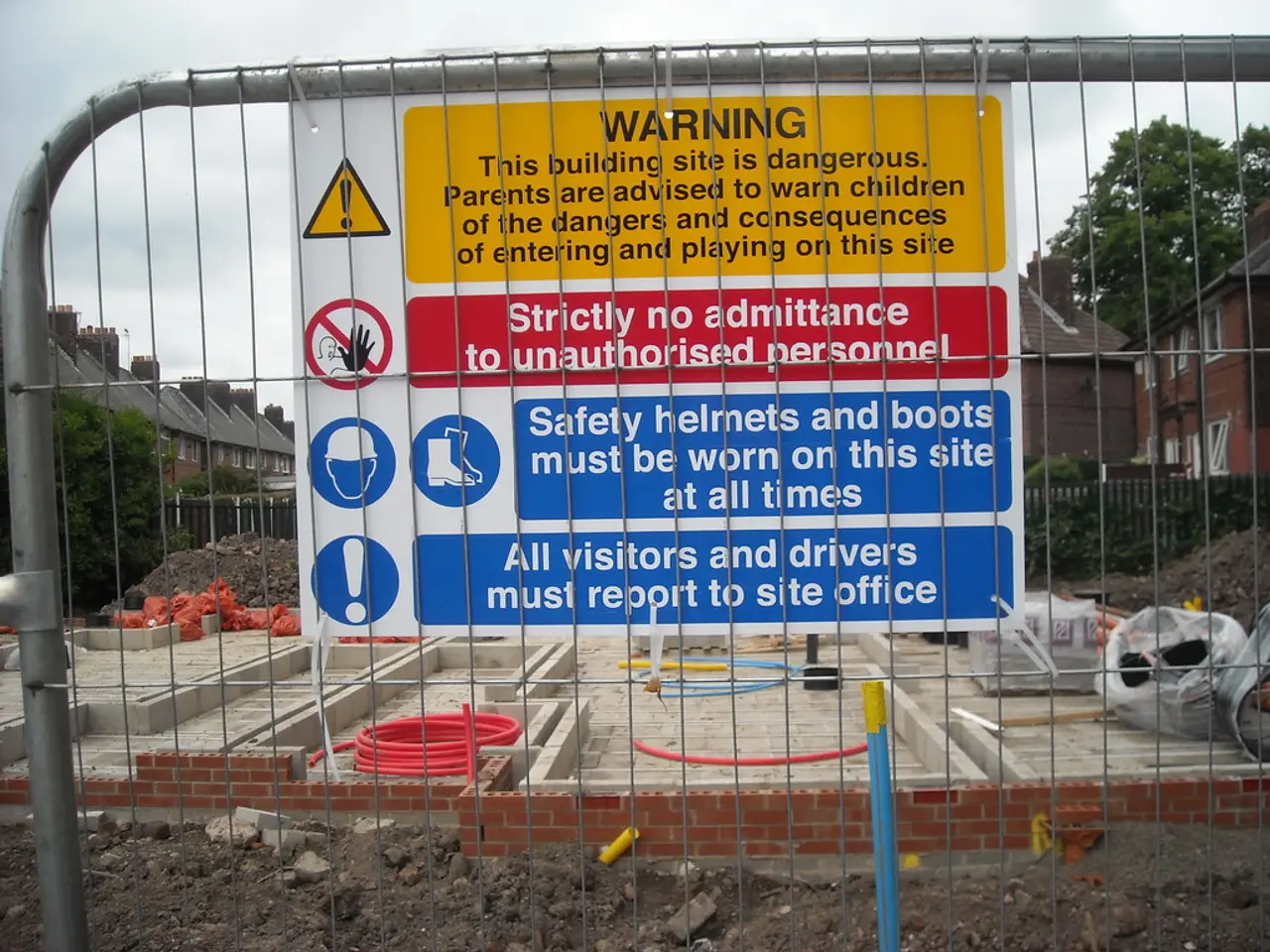The Act of Registration for Land Records will henceforth be recognized as a Land Register.
In the world of property transactions, the land register plays a crucial role. This article aims to provide a clear and concise guide on the requirements and responsible parties involved in making a land register entry when acquiring immovable property, transferring a mortgage, or making significant changes to land.
### Requirements
The land register application must be comprehensive, providing detailed information about the parties involved, particularly if they are not natural persons, such as companies. This includes the legal system of incorporation, company number (if applicable), and any other identifiers to allow proper designation in the register.
Any instrument affecting title to land, such as conveyance, mortgage transfer, or modification, must bear all legally required signatures, contain an authorized form of authentication, and clearly identify the land and the parties with interests in the land in a manner that permits easy entry in land records.
Proof of purchase intention is necessary to obtain a land register extract, such as a preliminary contract or a real estate agent's confirmation. Consent must be obtained from the mortgage lender when transferring equity or a mortgage. Solicitors or conveyancers handle this process by obtaining the necessary consent documentation and checking any restrictions or legal issues on the title deeds before proceeding.
Registration fees are required, and the property must be registered as mandated by the servicer or legal process involved. It's important to insist on a copy of the authenticated land register extract when acquiring property or land to check for any burdens like a mortgage.
### Responsible Parties
The applicant, typically the buyer or transferee, is responsible for submitting the land register application and providing the required details and documentation. Solicitors or conveyancers play a crucial role in preparing, checking, and submitting the application, liaising with mortgage lenders for consents, and ensuring compliance with legal requirements.
Mortgage lenders must provide consent before a mortgage transfer or property equity transfer is registered. The registrar or land registry authority reviews the application for completeness and correctness and either accepts the registration or rejects the application if requirements are unmet.
Other authorities may also need to be involved in making changes to the land. For example, the old mortgage must be removed from the land register, and the new relationship must be entered. If significant changes are made to the land, such as dividing or combining plots, an entry in the land register is necessary.
In summary, the process is a coordinated effort mainly involving the property purchaser or transferee (through their legal representative), mortgage lenders (when applicable), and the land registry officials. Legal documentation must be complete, authenticated, and accurate, with all required consents obtained, to ensure the land register accurately reflects the current property and mortgage status.
For each plot of land, an electronic land register data sheet, known as the heading, is created in the register. The entry in the land register is only valid when the purchase process is completely concluded, and fees are incurred for the entry and deletion of an entry in the land register.
In cases of transferring a mortgage from one bank to another or when there is a change of creditor, an entry in the land register is required. A removal permit is required to remove a land charge from the land register, which can be obtained free of charge from your credit institution after the entire building loan has been repaid and an application for removal is made through the land registry office.
When acquiring property or land, it's essential to remember that a mere certification of the copy of the land register extract is not sufficient, as it only certifies the signatures. A notary certifies the purchase contract and makes an entry in the land register to make it legally binding.
Sources: [1] Land Registry Services [2] The Law Society [3] HM Land Registry [4] UK Government
- To ensure a smooth transfer when investing in real-estate, it's important to secure the necessary credit from a mortgage lender and obtain their consent before registering the mortgage or property equity transfer in the land register.
- In the realm of business, when making significant changes to real-estate like dividing or combining plots, it's crucial to follow the proper legal procedures, which may include obtaining a removal permit from the credit institution and making an entry in the land register.




